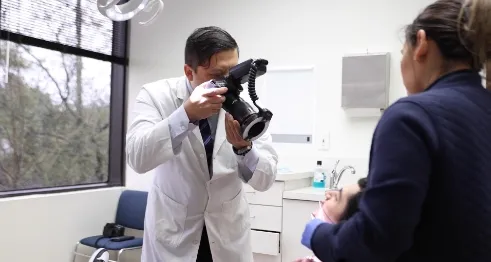Orthognathic Surgery Houston
Addressing Developmental Jaw Issues & Improving Oral Function
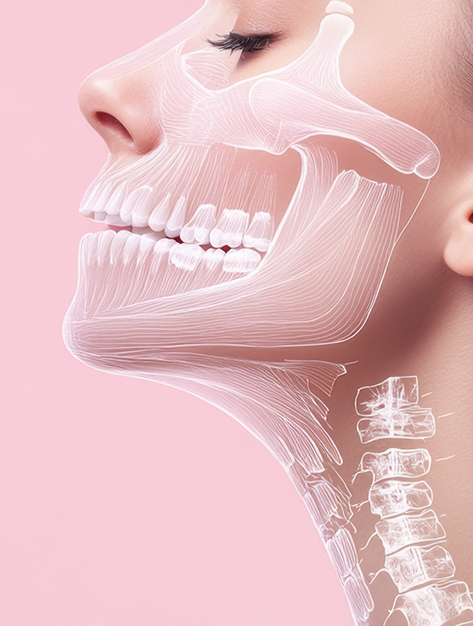
The expert oral surgeons at Piney Point Oral & Maxillofacial Surgery of Houston offer orthognathic surgery for patients who have severe overbites or underbites that can’t be corrected solely with orthodontics. Over time, these issues can have a large impact on your quality of life, making basic tasks like chewing food difficult and uncomfortable. Oral surgeons can develop a treatment plan to address the underlying causes of these bite problems and let you reclaim your life. Call us today to learn more.
Why Choose Piney Point Oral & Maxillofacial Surgery of Houston for Orthognathic Surgery?
- Advanced Dental & Surgical Technology
- Dental Emergency Patients Welcome
- Team of Highly Experienced Oral Surgeons
When Is Orthognathic Surgery Necessary?

The word "orthognathic" is derived from the Greek words “ortho,” meaning straight, and “gnathos,” meaning jaws. The term "orthognathic surgery" refers to a variety of procedures designed to move the upper and/or lower jaws into different, more appropriate positions.
There are some individuals whose upper and lower jaws do not fit together properly, like those with severe overbites or underbites, causing issues like disharmonies in their appearance or difficulties with the way their teeth fit together, or both. This can cause their lower jaw to jut out or, in contrast, appear underdeveloped. In other patients, their appearance may not be affected by their bite problem, but their teeth don’t fit together properly, leading to difficulties chewing food, speaking, and more.
Typically, issues with the size or bite of a patient’s upper and lower jaw are due to developmental differences, like uneven growth in the facial skeleton. When this is the case, orthognathic surgery can help correct them by moving their affected jawbones into their appropriate positions and improving their oral function.
Understanding the Relationship Between Your Upper & Lower Jawbones
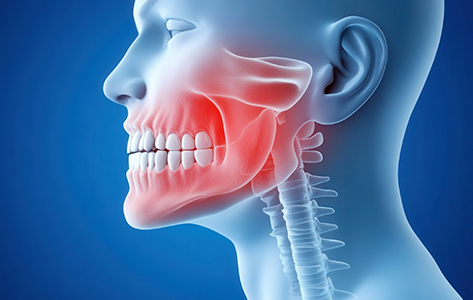
In order to better understand how orthognathic surgery works, it’s important to have a grasp on basic oral anatomy. Here are some key terms to keep in mind:
- Maxilla – the upper jaw
- Mandible – the lower jaw
- Nasal Cavity – an area inside the nose, above the roof of the mouth
- Maxillary Sinuses – hollow spaces in the maxilla (cheek-area of the face), connected to the nasal cavity
The maxilla provides crucial support for the entire facial structure and houses the nasal cavity, which connects to all of the sinuses in your face, including the maxillary, ethmoid, and frontal sinuses. Think about the nasal cavity as a cave and all of the sinuses as different rooms in the cave. Then, you have the mandible, which is the foundation for all of your lower teeth and chin.
The ideal development of the mandible and maxilla is in a way that allows the teeth to fit together, creating balanced facial features and an even bite. When the teeth line up in a way that allows you to effectively eat and chew, like when the lower front teeth fit just behind the upper front teeth and the lower back teeth fit just inside the cusps of the upper teeth, all of the muscles and joints will work efficiently and comfortably.
The Importance of Addressing Severe Overbite & Underbite
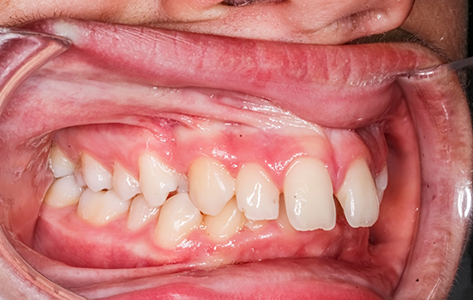
When the teeth aren’t able to harmoniously come together due to underdeveloped jawbones, it can lead to either an over-projection or an under-projection of the lower jaw (i.e. overbite or underbite). This can lead to difficulty chewing food as well as other issues, such as a TMJ disorder, teeth grinding, lockjaw, uneven wear and tear on teeth, and more.
Treatment for Severe Overbite & Underbite
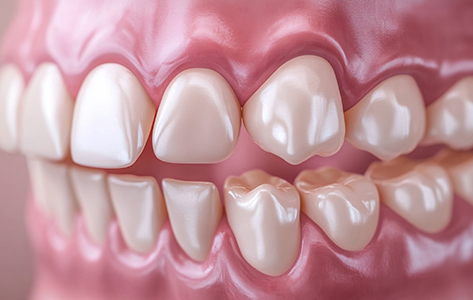
In many cases, patients are referred to the oral surgeons at Piney Point Oral & Maxillofacial Surgery of Houston by orthodontists and general dentists, so they make sure to keep all associated providers in the loop on your treatment plan. Your journey will begin with a consultation with an oral and maxillofacial surgeon. During this visit, the team will collect your medical and dental histories as well as capture diagnostic images of your mouth and jawbone.
Toward the end of your consultation, your oral surgeon in Houston will review all of your records and develop treatment options for you. After thoroughly explaining your options, any questions you may have will be answered, and assistance will be provided to help you choose the best route for your oral and overall health.
Why Partnership with an Orthodontist Is Important

Orthognathic surgery is usually done in conjunction with orthodontic treatment, helping address both your underlying jawbone concerns in addition to your dental alignment. When developmental jaw issues are present, bodies will usually try to compensate for them by shifting the teeth in directions that tend to adjust the problem. These compensations can sometimes mask the disturbance in the bite, but not solve the issue.
However, whenever your oral surgeon is trying to adjust the jaw into its proper position, these “corrections” made by the body can make that incredibly difficult. Because of this, orthodontists will typically act to adjust these compensations before the surgery to ensure that bite is even whenever the procedure is complete. Due to this process, it can be the case that these early adjustments can make the bite appear temporarily worse immediately before surgery. However, this gets corrected following orthognathic surgery.
If wisdom teeth are present or there is not enough room in the mouth for all of the teeth to remain aligned, other preliminary interventions may be necessary, too, like wisdom tooth extraction or traditional tooth extractions. The Piney Point Oral & Maxillofacial Surgery of Houston team can also assist with this.
Orthognathic Surgery Procedure Information
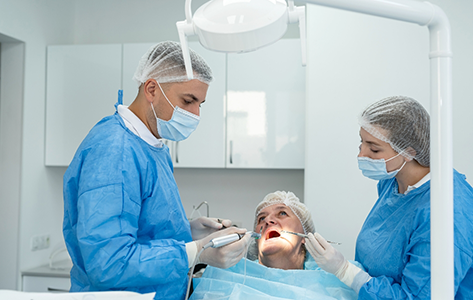
It is important to recognize that surgical and orthodontic treatment is typically not completed quickly. The initial evaluation and treatment planning of a jaw mal-relationship involves approximately one to three months. It is during this period that records are taken and evaluated, and the orthodontist and surgeon may meet to plan the treatment course. Following this time, we will meet with you and review the available treatment options and help you decide which is right for you.
Since most jaw relationships cannot be corrected without some change in the position of the teeth, it is typically necessary to have six to 18 months of orthodontic therapy prior to surgical movement of the jaws.
Surgery Preparation
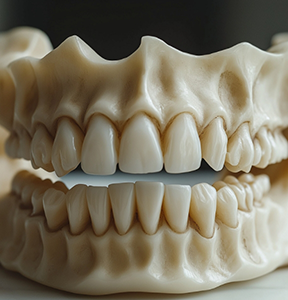
Once the preoperative orthodontic therapy is completed and your orthodontist and surgeon have decided that you are ready for surgery, a procedure time will be arranged at your convenience at any of several hospitals or outpatient surgery centers where your oral surgeon operates. The various clerical preparations for your surgery will be made at the hospital.
Prior to surgically repositioning the jaws, an exhaustive presurgical workup is performed. New stone models of the bite are made and articulated with special appliances, so your bite can be most accurately duplicated. On these articulated models, the oral surgeon is able to perform planned surgical movements. The entire surgery is first performed on these models in the lab to confirm that the exact jaw movements necessary can be duplicated in the operating room.
Custom plastic bite splints are fabricated to ensure that these movements are accurate. If the teeth are adequately aligned and if the surgical movements on the models create a stable bite, the surgery is scheduled.
Morning of Surgery
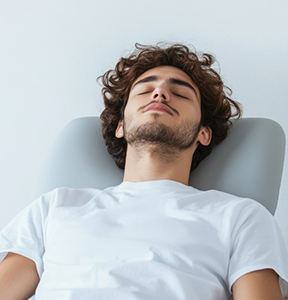
On the morning of your surgery, you will meet your anesthesiologist and be prepared for your trip to the operating room. Once there, you will be given medication which allows you to fall asleep, and the surgical team will perform your surgery. If the surgical correction involves moving only one jaw, two to four hours will be needed in the operating room to complete the repositioning. If the correction involves movement of both the upper and lower jaw, six to eight hours in the operating room are required. The postoperative course typically involves an hour in the recovery room, followed by one or two days in the hospital.
After Surgery
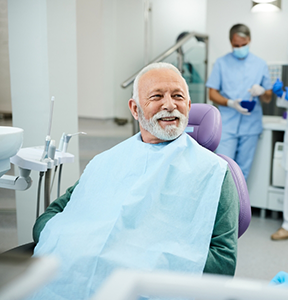
Following your discharge home, your recovery is typically relatively rapid and uneventful. Although it will depend on the amount of surgery performed, most patients will miss between six and 12 days of work recovering.
During the first few weeks after the procedure, the oral surgeon will require several visits to monitor your healing and make sure that your care is proceeding well. After four to six weeks, the visits with the oral surgeon decrease in frequency and you will return to the care of your orthodontist. On average, three to 10 months of orthodontic therapy are required after surgical repositioning of the jaws. The oral surgeon will also be following the patient during this time to ensure optimal results.
Jaw Surgery Procedures

The vast majority of these surgical procedures are performed intraorally. This means that incisions are made inside the mouth to access the bony anatomy. Working through these incisions, the oral surgeon is able to make the necessary incisions in the bone of the upper and lower jaw to free the bone segments. They can then be moved to their new position using the plastic splints, which were made before the surgery to ensure that the jaw is in the appropriate position.
Once your oral surgeon is sure that the position is accurate, fixation appliances are placed to hold the bone rigid during the healing process. These appliances consist of tiny titanium screws and plates that rigidly hold the jaw segments where they belong. Once placed, patients generally do NOT need to be wired closed during the healing process. These titanium appliances are quite small and generally imperceptible once placed. The material is extremely safe and well-tolerated; therefore, after placement, it is quite rare for removal to be necessary or even desired.
The greatest benefits of this technique are that the results of the surgery are more predictable and stable. An additional benefit is that limited jaw function is possible immediately following surgery, making eating, talking, and hygiene much easier. It is likely that a small rubber band (elastics) will be placed to help re-educate your muscles following surgery. These will allow you to open and close, and they can be applied and removed by you for hygiene and eating.
While this type of fixation will allow jaw function, you should not do any chewing following your surgery until specifically told to advance your diet by your surgeon. Until your surgery sites have healed, it is possible to dislodge or move the segments which would likely affect your bite.
Lower Jaw Surgery

If the lower jaw is moved forward, a special separation (osteotomy) is performed, allowing the bone in which the teeth are housed to be separated from the bone that is part of the joint complex. The lower jaw is positioned into the new, planned position and screws are placed to secure the two bony segments together.
Upper Jaw Surgery

If upper jaw surgery is planned, it is likewise performed through incisions inside the mouth. The bone osteotomies are then made, and the upper jaw is freed from the rest of the facial skeleton. It can then be moved into its new, correct position as determined by the prefabricated plastic bite splints.
Once in place, the segments are fixated with the aforementioned titanium plates and screws to hold it in its proper position during the healing period. In the case illustrated at right, the maxilla is being moved upwards to correct hyperplasia and likely, a gummy smile, as well as the obvious anterior open bite. Because of the geometry of this movement, some bone will be removed to allow superior movement of the upper jaw. Again, this surgery typically does NOT require you to be wired closed following the operation and will allow limited jaw function during the healing period.
Orthognathic Surgery Recovery
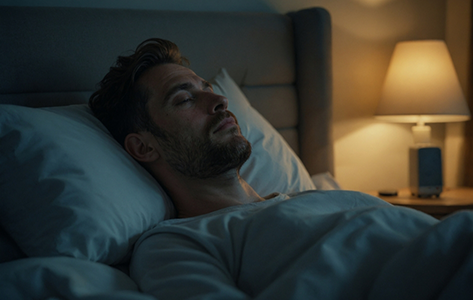
Before and during the hospital stay, information about diet, hygiene, and what to expect will be given to you. Because your diet must remain liquid or soft, and chewing is discouraged, special dietary arrangements are made to accommodate this. Pamphlets are available to help you create varied and balanced meals so optimal nutrition can be obtained in a non-chew diet.
Oral hygiene can be difficult to maintain during the early healing period because of surgical incisions and swelling. Special techniques and materials will be shared with you so optimal cleanliness can be maintained.
Following your discharge from the hospital, you will require a week of home recovery. While you are not bedridden during this period, and most patients are able to engage in normal sedentary activities, you should plan to spend this time in a quiet, relaxed environment which will facilitate your recovery.
The inevitable swelling that occurs with surgery peaks at approximately 48 to 72 hours. After this period, most swelling resolves quickly, within one to two weeks. Very subtle changes can occur in your facial presentation over months following the surgical procedure. For most patients, following your week of home convalescence, return to full activity will be made eventually.
After the initial healing period of three to six weeks, you will see your orthodontist to have your progress evaluated. At this time, they will discuss the timing of your return to active orthodontic therapy and your care will gradually return to purely orthodontic treatment. The period of postoperative orthodontic therapy will vary from patient to patient but is typically between three to nine months. During this period of time, the bite will be perfected and final adjustments will be made to the positions of individual teeth. Once this is complete, the orthodontic appliances are removed, and retainers will be placed to ensure that your results are permanent.
Contact Us to Learn More
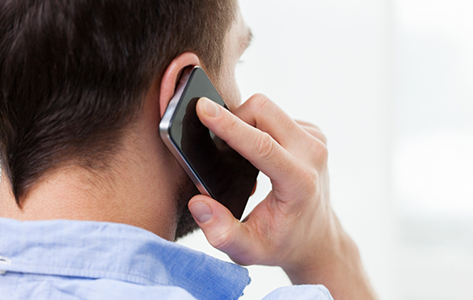
Orthognathic surgery is performed on a regular basis by both Dr. Weil and Dr. Koo. They would be happy to meet with you to discuss your concerns and answer any questions you might have about surgical orthodontic therapy and the correction of similar bite problems.
While the correction of malocclusion with orthognathic surgery is best thought of as a functional surgery and is generally viewed as medically necessary by insurance providers, there are often esthetic improvements as a result of these surgeries as well. One can readily appreciate the dramatic improvement in the facial profile that is a result of many of these surgeries. This sort of esthetic transformation is possible with carefully planned and executed orthognathic surgery.
Wisdom Teeth Extraction Oral & Maxillofacial Pathology Oral Cancer Screenings Dental Implants Pre-Prosthetic Surgery Facial Trauma Treatment Apicoectomy Surgery Cleft Lip & Palate Surgery TMJ Treatment Corrective Orthodontic Surgery Sleep Apnea Treatment Cosmetic Facial Treatments Anesthesia & Sedation Dentistry Emergency Dentistry View Our Services

